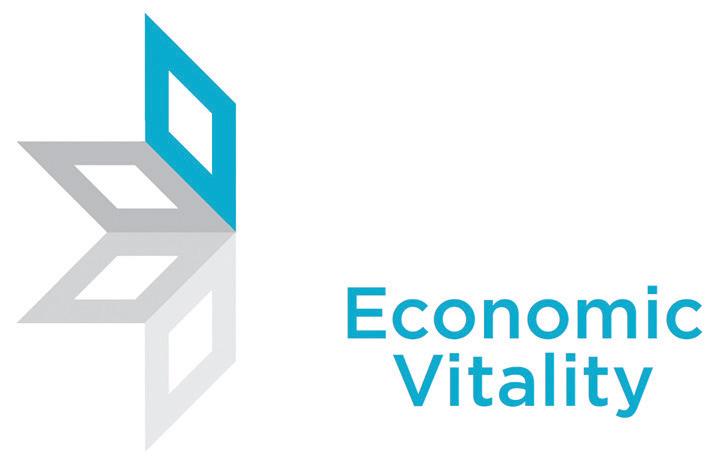information gathering and research survey. This survey can be distributed to both downtown businesses owners and community members alike, but keep in mind that the survey should speak specifically to each individual group’s needs and perspective. Providing folks with a platform from which they can engage and have a voice is an important step in making downtown merchants believe they are being “heard.” This survey should provide an anonymous way of giving open and honest feedback without fear, retribution or discrimination from the city, board, Main Street Program or other merchants. The Main Street Program staff should collect and collate the information provided and use it in Phase 2 as part of the board retreat process. For managers and staff who need a framework of questions around which to structure their downtown survey, we have created two examples for your use. These examples can be found in the appendix section of the Guide to Hosting a Community Visioning Session workbook. Finally, the last step in Phase 1 is to host a community visioning session. When conducted properly, a community visioning session will help to familiarize downtown business owners and the broader community with the purpose and players of the Main Street Program. Visioning sessions should focus on collecting necessary feedback Growing Business. Preserving History. regarding the desired future direction of the downtown, along with identifying potential problems that may cause roadblocks down the road. Community visioning sessions are not intended to serve as a one-stop problem-solving workshop or a complaint session but should be used as an opportunity to identify the strengths, weaknesses, opportunities and potential threats to the downtown. It can at times be both exciting and frustrating to hear the good, the bad and the ugly truth about your community’s perception of Main Street. It is important, though, to keep in mind that different people bring different perspectives, and all opinions are valid. Keep in mind that not everyone who wants to participate in your visioning session may be able to do so, which is why it is so important to have first distributed a downtown survey. For those programs in need of a little more guidance on how to host and organize a community visioning session for your own downtown, we have put together a unique resource designed to walk managers step-by-step through hosting a community visioning session. This guide is available in both print and online. For more information please visit our website at www.georgiamainstreet.org A GUIDE TO HOSTING A COMMUNITY VISIONING SESSION
1 | GEORGIAMAINSTREET.ORG
A GUIDE TO HOSTING A COMMUNITY VISIONING SESSION | 1
44 | NEW MANAGER’S HANDBOOK | GEORGIAMAINSTREET.ORG
PHASE 2: CREATING A UNIFIED VISION The specific inputs identified in Phase 1 will ideally assist you in selecting the Transformation Strategy best suited for your Main Street Program and downtown district. The data collected will help to identify your strategies in two major ways. The first is by identifying one overarching theme around which the work plan will focus, moving forward. The second is by shaping the actual tasks outlined in your work plan to better support those customers visiting downtown. One of the key things to keep in mind is that all 15 of the Georgia Main Street Program’s Catalyst Strategies were designed to be scalable, depending on the size of your community. They will also be applicable to different consumers and business sectors. For example, two different cities make select the “Ecotourism and Recreational Economy” Transformation Strategy. While they may both have a natural asset that drives tourism in their local economies, the specific businesses they seek to recruit, the events they create and the target audience for marketing will be different. Just as no two cities are alike, no two Transformation Strategies are the same upon implementation. Ultimately, each will be made up of exclusive characteristics that are applicable only to the individual downtown. Outlining of specific goals for the work plan is the main component to establish during “the objectives” section of Transformation Strategy development; this is best done through a board retreat or facilitated planning session. During the board retreat, the Main Street manager and board members will have the opportunity to discuss the plans for the direction of the Main Street Program. To prepare for this retreat the Main Street manager should pull together historical documents, including master plans, community surveys, historic resource studies and even prior work plans to identify patterns, trends or gaps in services. While we recommend that the Main Street manager serve as the facilitator for the community visioning session, the Office of Downtown Development recommends bringing in a professional meeting facilitator to help enable dialogue and discussions among the group during your board retreat. A meeting facilitator can often say the things that need to be said and ask questions that can lead to deeper insight and reflection. A meeting facilitator can help to alleviate a manager’s concerns about voicing an opinion for fear of reprisal or hurting someone’s feelings. A manager needing a meeting facilitator should first reach out to the Office of Downtown Development to see who within their region may be available to provide these types of services.








